Community

Human Status in Healthcare Complexity: Exploring emotional challenges and burnout impacts on healthcare outcomes - Part 1
Posted By VMA at 23 Apr 2025 10:15 AM
Q1: After watching the video, which zone do you identify with now?
Q2: What is emotion?
Q3: What did you observe in the video, and what are your reflections on it?
Comments

Nasibah Almazyad
08 Dec 2025 04:01 PM
.

Rogelyn Sandoval Mirador
13 Nov 2025 01:51 PM
Q1: Mostly between red and yellow boxes. Especially at work, I am always anxious that makes me hyperactive.
Q2: Emotions are inner feelings that varies time to time with a lot of factors at play. Emotions affect my behaviour and must be processed mindfully.
Q3: This video depicts day to day scenario in the hospital. Everyone around us carries different kind of burden that we do not see. Even the most playful and happy colleagues may have inner struggles that we do not know of.
Having this in mind, I believe that not only the healthcare staff but all the people around us should be mindful of our actions and words toward each other.

Amal ali alomran
19 Oct 2025 09:23 PM
المنطقة المنطقة الحمراء
هي التفاعل بين الفكر والمشاعر
س3 الشعور المختلف والاستجابات المختلفة للمشكلة.

Carmen harvey
08 Oct 2025 09:13 AM
Q1 Red zone..
Q2 It is interaction between thoughts and feelings.
Q3 Different feelings and different responses to a problem.

ALAA Abdullah Alsobhi
28 Sep 2025 03:45 PM
?Q1: After watching the video, which zone do you identify with now
Between blue and green zone
?Q2: What is emotion
It's internal feeling that can affect your reactions
Q3: What did you observe in the video, and what are your reflections on it
To be understandable, kind and not to judge others for their reaction or attitude because everyone have different story.

Martha kekana
31 Aug 2025 04:44 PM
شكرا

Bader Saad S Alshammary
31 May 2025 07:27 PM
Q1: After watching the video, which zone do you identify with now?
A1:Between Red and Yellow often times
Q2: What is emotion?
A2: Emotion is a feeling that everyone goes through from the earliest sense of fear, panic, anxiety, and even happiness which we at times exhibit in different ways from it being apparent and visual upon us as people see us or hidden.
Q3: What did you observe in the video, and what are your reflections on it?
A3: I have seen what I see in the clinic at a daily basis from parents who come over to check upon the fever of their child to the old cancer patient who came to have me check upon his condition. How would I reflect upon it? By exhibiting the most valued aspect we need most {Empathy} which always places me in the patient's place/shoes, their family members, their significant others and how often times how a single response, answer, and delivery would affect how they would view me as a doctor.

Adeem Alofi
14 May 2025 12:26 AM
I identify with the yellow zone. I’m feeling alert and a bit anxious but still in control.
Emotion is a complex psychological state that involves a subjective experience, a physiological response, and a behavioral or expressive reaction. It’s how we respond to significant internal or external events, and it influences how we think, make decisions, and interact with others.
I observed how quickly people can shift between emotional states, and how those states affect their behavior and interactions. I noticed that when individuals are in the red or blue zones, their ability to communicate or function effectively decreases. My reflection is that being able to recognize these emotional zones in ourselves and others is essential for emotional intelligence. It reminded me of the importance of pausing, regulating emotions, and responding rather than reacting—especially in stressful situations.

Zahra'a Hassan
10 May 2025 10:16 PM
Q,red zone
Q2
It is interaction between thought and feelings
Q3 diffrent feeling and different response to problem..

Layan Khalid Alsulaiman
05 May 2025 10:49 PM
Q1 - red zone
Q2 - is a multifaceted response to an internal or external event that is perceived as significant. It involves interactions between thoughts, physiological changes, and behaviors, and plays a crucial role in decision-making, survival, communication, and social interaction
Q3 -
Watching this video was a humbling and eye opening experience. It reminded me that a hospital is not just a place for treatment it’s a place where countless personal stories unfold simultaneously. Each individual whether a patient, doctor, nurse, or visitor is carrying their own emotional weight, hopes, fears, and joys.
It made me more aware of the emotional layers behind every interaction. A patient may seem calm but could be experiencing overwhelming anxiety. A doctor giving care might be holding back tears from personal news. It emphasized the importance of empathy, compassion, and emotional intelligence in healthcare not just for patients, but for colleagues and ourselves as well.
Ultimately, it reinforced the need to treat everyone with dignity and kindness, knowing that we often see only a small piece of their story. As healthcare professionals or future providers, we must learn to care not only for the body but also for the unseen emotional and psychological burdens that each person carries.



????